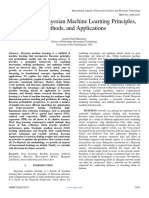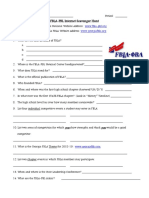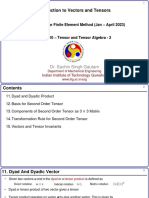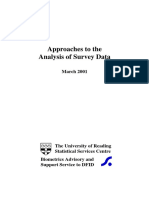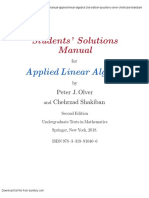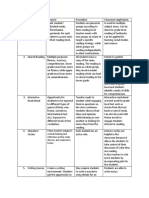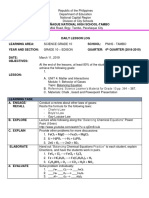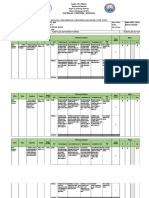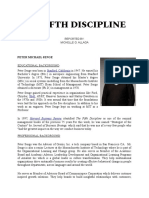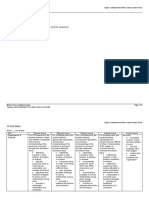Verification and Validation
of Simulation Models
Presented By:
Girish V
(1PE11CS034)
�Purpose & Overview
The goal of the validation process is:
Validation is an integral part of model development
To produce a model that represents true behavior of the system
closely enough for decision-making purposes
To increase the models credibility to an acceptable level to be
used by managers and other decision makers
Verification building the model correctly (correctly implemented
with good input and structure)
Validation building the correct model (an accurate
representation of the real system)
Most methods are informal subjective comparisons while
a few are formal statistical procedures
2
�10.1 Model building, verification, and validation
First step in model building is observing the real system
Interactions of components, collecting data on their behavior
Take advantage of people with special knowledge
Construct a conceptual model
Collection of assumptions about components - hypotheses
Structure of the system
Implementation of an operational model using software
Not a linear process
Will return to each step many times while building, verifying and
validating the model
3
�Modeling-Building, Verification & Validation
�10.2 Verification
Purpose: ensure the conceptual model is reflected
accurately in the operational model
Conceptual model usually involves some abstraction or
some amount of simplification of actual operations
Many common-sense suggestions, for example:
Have someone else check the model.
Make a flow diagram that includes each logically possible action a
system can take when an event occurs.
Closely examine the model output for reasonableness under a
variety of input parameter settings.
Print the input parameters at the end of the simulation, make sure
they have not been changed inadvertently.
�Verification continued
Make the operational model as self-documenting as possible.
If the operational model is animated, verify that what is seen in
the animation imitates the actual system.
Use the debugger or IRC(interactive run controller).
If possible use a graphical representation of the model.
�Examination of Model Output
for Reasonableness
Example: A model of a complex network of queues
consisting many service centers.
Response time is the primary interest, however, it is important to
collect and print out many statistics in addition to response
time.
Two statistics that give a quick indication of model reasonableness are
current contents and total counts,
Current content: The number of items in each component of the
system at a given time.
Total counts: Total number of items that have entered each component
of the system by a given time.
Compute certain long-run measures of performance, e.g. compute the
long-run server utilization and compare to simulation results
� for example:
If the current content grows in a more or less linear fashion as
the simulation run time increases, it is likely that a queue is
unstable
If the total count for some subsystem is zero, indicates no items
entered that subsystem, a highly suspect occurrence
If the total and current count are equal to one, can indicate that
an entity has captured a resource but never freed that resource.
�Other Important Tools
[Verification]
Documentation
A means
of clarifying the logic of a model and verifying its
completeness
Comment the operational model, definition of all variables
and parameters.
A more sophisticated technique is use of a trace
A detailed
printout of the state of the simulation model over
time.
Gives the value of every variable in a program, every time one
changes in value.
Can use print/write statements
Use a selective trace in eclipse
9
�10
�11



